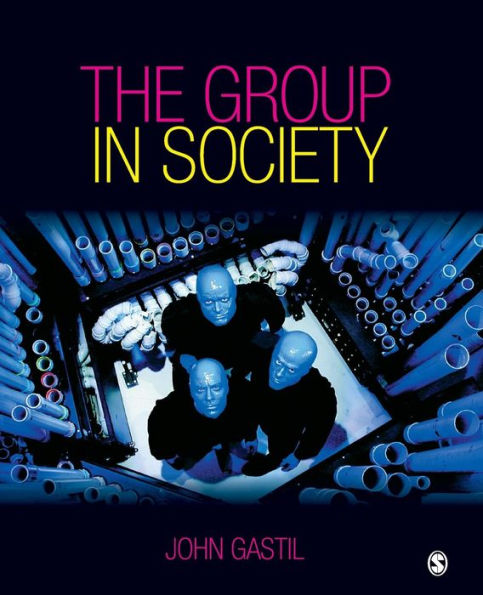5
1
9781412924689



The Group in Society / Edition 1 available in Paperback, eBook

The Group in Society / Edition 1
- ISBN-10:
- 1412924685
- ISBN-13:
- 9781412924689
- Pub. Date:
- 07/07/2009
- Publisher:
- SAGE Publications
- ISBN-10:
- 1412924685
- ISBN-13:
- 9781412924689
- Pub. Date:
- 07/07/2009
- Publisher:
- SAGE Publications

The Group in Society / Edition 1
$151.0
151.0
In Stock

Product Details
| ISBN-13: | 9781412924689 |
|---|---|
| Publisher: | SAGE Publications |
| Publication date: | 07/07/2009 |
| Edition description: | New Edition |
| Pages: | 328 |
| Product dimensions: | 7.30(w) x 9.00(h) x 0.50(d) |
About the Author
From the B&N Reads Blog

